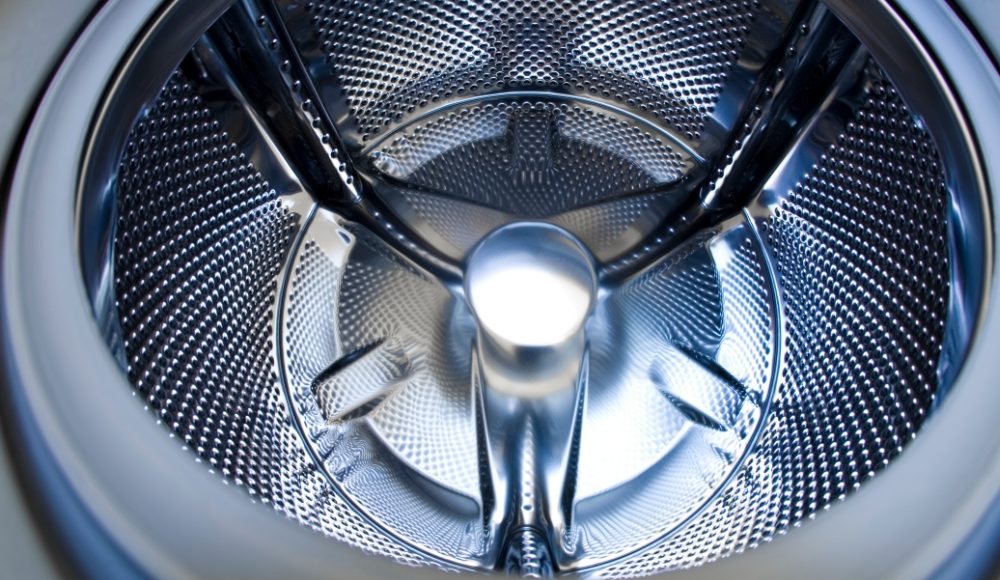Inverter direct drive technology in washing machines refers to the latest mechanism that connects drum to motor without the assistance of a belt. In India, LG and Samsung are the main contenders who use inverter direct drive technology in their front load washing machines. It has both its own set of advantages and disadvantages. Let us take a look at them in detail.
The Conventional Method
In the conventional method, which is still used by brands like Bosch and IFB, the drum is connected to the motor using a belt via a pulley mechanism.
This mechanism is simple and one of the biggest advantages is that it is easier to repair if in case there is any problem with the drum or the motor. The main problem seen is the belt wearing off and that can be fixed quickly at minimal expense. But it makes comparatively more noise and vibration.
Advantages and Disadvantages
The main advantage of the conventional method is that it is easier to repair. Yet another advantage is that washing machines with conventional belt drive have deeper drums as the motor is beneath the drum at the side.
On the flip side, as there are more parts, it makes more noise and vibration especially when spinning at higher speeds. The energy consumption is also higher. The belt and pulley mechanism also takes more effort to tumble and spin in both directions.
Inverter Direct Drive Technology
As the motor is directly attached to the drum, there is no belt here and no pulley mechanism. Reduced parts result in lesser friction, hence lesser noise and vibration.
Advantages and Disadvantages
The main advantage of the inverter direct drive technology is that it makes lesser noise and vibration. Even while spinning at the maximum speed, the noise is less. The drum can easily move in both directions. And that is why you find in LG, 6 motions direct drive that enables motions like scrubbing, stepping, tumbling, filtration, swing and rolling. The energy consumption of Direct Drive washing machines is comparatively lesser and it is more durable too.
Talking about the disadvantages, as the motor is behind the drum, you find the drums to have lesser depth and more height. This reduces the abrasion between clothes and the gentle protrusions on the drum which could affect the wash quality. Yet another disadvantage is that the repair costs are higher as the mechanism is a bit more complex. They are comparatively more expensive too.
Which To Choose?
Both technologies have their own set of advantages and disadvantages. But we feel washing machines with inverter direct drive technologies has an edge as it has lesser vibration and noise and better energy efficiency.
